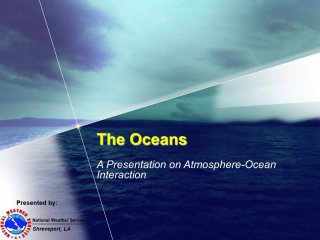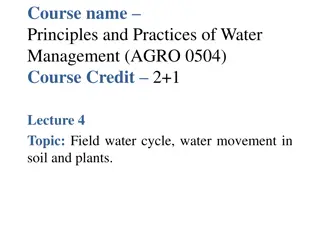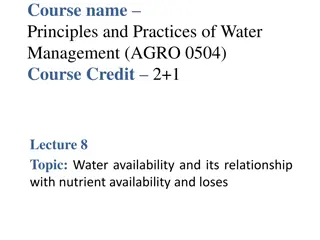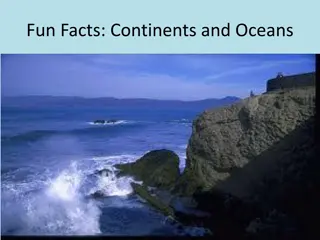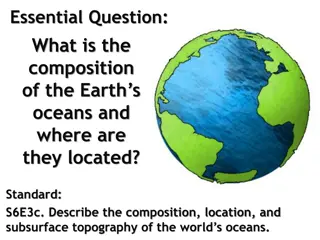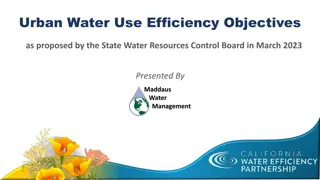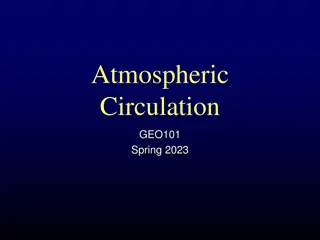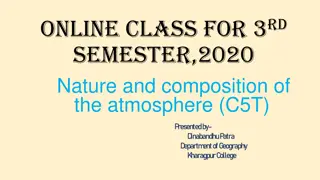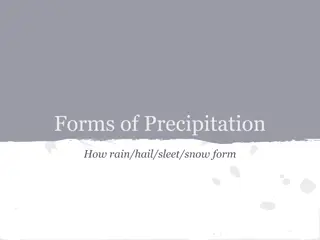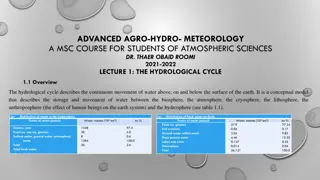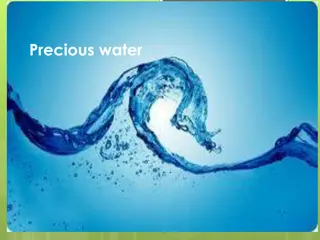
Earth's Water and Atmosphere Systems
Explore the intricate balance of Earth's water and atmosphere through insightful visuals and explanations. Discover the importance of the hydrologic cycle, the composition of Earth's water, the significance of the atmosphere, and the impact on life on our planet.
Download Presentation

Please find below an Image/Link to download the presentation.
The content on the website is provided AS IS for your information and personal use only. It may not be sold, licensed, or shared on other websites without obtaining consent from the author. If you encounter any issues during the download, it is possible that the publisher has removed the file from their server.
You are allowed to download the files provided on this website for personal or commercial use, subject to the condition that they are used lawfully. All files are the property of their respective owners.
The content on the website is provided AS IS for your information and personal use only. It may not be sold, licensed, or shared on other websites without obtaining consent from the author.
E N D
Presentation Transcript
Velvet Dowdy ESP Grade 11
Water, Oceans, and Atmosphere Earth Science
The Hydrologic Cycle Evaporation Transpiration Condensation Precipitation
The Earths Water 97.2% Ocean 2.14% Ice Caps and Glaciers 0.61% Surface Water 0.005% Soil moisture
Earths Atmosphere Earth has an atmosphere for 3 reasons 1.Volcanic history 2.Mass of the planet 3.Amount of radiation from the sun
Atmosphere Troposphere Stratosphere Mesosphere Thermosphere Ionosphere
90% of our atmosphere is in the troposphere 99% of the atmosphere is below the ozone layer
Earths Seasons Any planet that is tilted on its axis will have seasons As the planet orbits about the sun, the angle at which solar radiation hits areas of the planet will change hence seasons
Atmospheric Benefits The surface of the Earth is warmer than it would be in the absence of an atmosphere because it receives energy from two sources: the Sun and the atmosphere.
In the absence of an atmosphere the Earth would average about 30 Celsius degrees (about 50 Fahrenheit degrees) lower than it does at present. Life (as we now know it) could not exist.
The surface of the Earth receives nearly twice as much energy from the atmosphere as it does from the Sun.
The atmosphere radiates because it has a finite temperature, not because it received radiation. When the atmosphere emits radiation, it is not the same radiation as it received from the sun.
Driving forces of Air Motion Convection Currents The earth s rotation
Global Circulation Patterns Cooler, dense air from the poles pushes warmer, moister, less dense air from the equator upward. This air moves toward the poles and cools.
Ocean Currents Affected by Wind Density Earth s rotation Earth s surface and under water features
This powerpoint was kindly donated to www.worldofteaching.com http://www.worldofteaching.com is home to over a thousand powerpoints submitted by teachers. This is a completely free site and requires no registration. Please visit and I hope it will help in your teaching.

